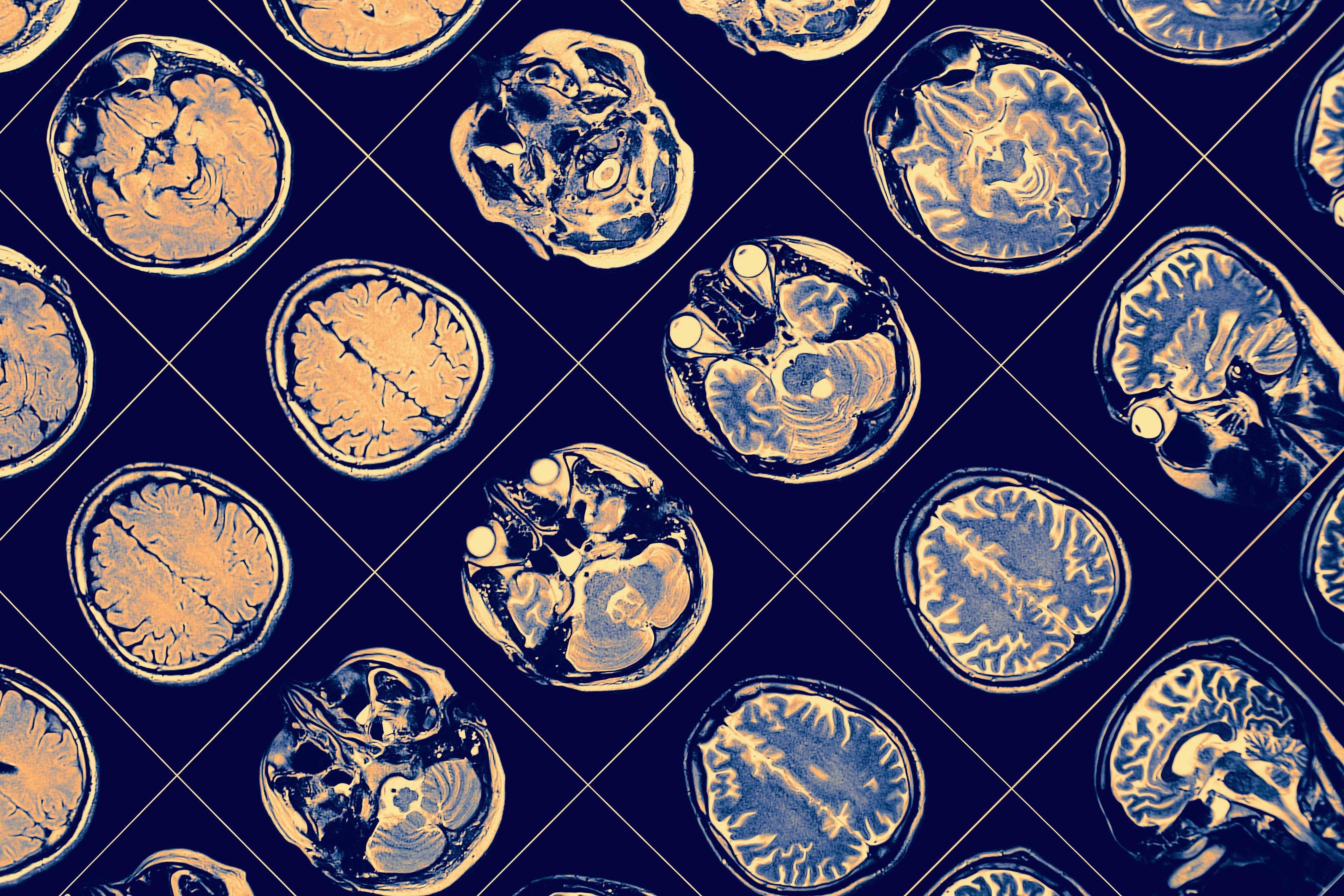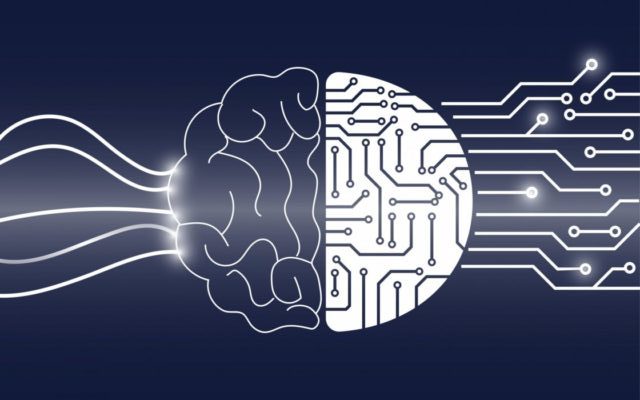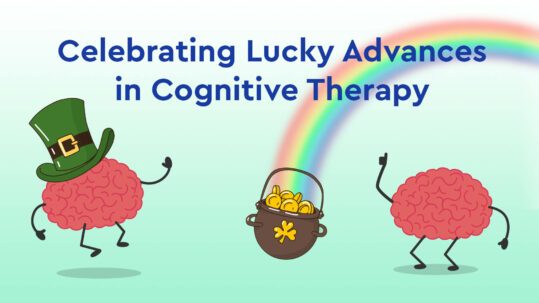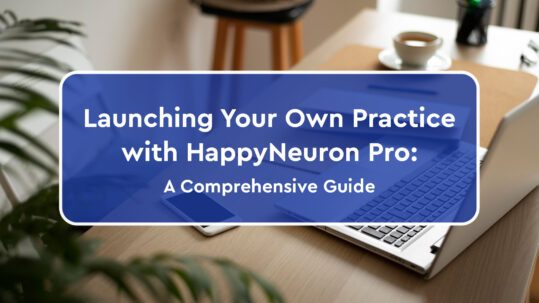What is the Active Ingredient in Computer-Assisted Cognitive Rehabilitation? A Review of a Scientific Article
Source: Kurtz, M. M., Seltzer, J. C., Shagan, D. S., Thime, W. R., & Wexler, B. E. (2007). Computer-assisted cognitive remediation in schizophrenia: what is the active ingredient?. Schizophrenia research, 89(1-3), 251–260. doi:10.1016/j.schres.2006.09.001
Rehabilitation of cognitive function is a topic of interest among many mental-health and neurological medicine practitioners. Intact cognitive abilities are needed to succeed in daily life: housekeeping, meal preparation, driving, work, and socializing all require multiple domains of cognition. These domains of cognition may be impaired by aging, neurological damage, and psychiatric illnesses such as schizophrenia.

Schizophrenia can cause cognitive deficits in addition to motor skill deficits, emotional distress, and hallucinations. Many people living with schizophrenia can live relatively normal lives with proper treatment. However, some patients may experience severe symptoms, requiring multiple forms of intervention.
A form of intervention for schizophrenia includes cognitive remediation. Cognitive remediation aims to improve cognitive function using practice exercises to build cognitive skills in addition to bridging, a practice aimed to foster generalization and transfer of practiced skills in daily life. A well-known model for cognitive remediation in this population is the NEAR model, developed by Dr. Alice Medalia. This model included digital cognitive remediation, meaning exercises are done on the computer.
Patients and clinicians both benefit from using technology in therapy. It allows for therapists to condense materials into one space and to have a ready access log of results and index of activities. For patients, computer use stimulates the brain and can be exciting in comparison to doing hardcopy exercises with paper and pen.
Many clinicians and patients wonder: “what is the active ingredient in therapy?”. This question is important as both patients and clinicians want to focus and utilize the most effective components of therapy to maximize gains and reduce time demands. Many studies have been done to distill the ingredients in therapy.

A study done by Kurtz et. al (2007) studied 42 patients with schizophrenia recruited from two outpatient clinics in Connecticut. Patients were neuropsychologically assessed pre-and-post test to examine the effects of being assigned into either the computer-skills training condition (control) or cognitive remediation condition (experimental).
Patients in the computer-skills condition completed 100 hours over 12 months of computer literacy education and skill training using Microsoft Office. There was no practice done on cognitive skills. In comparison, patients in the cognitive remediation condition performed 100 hours over 12 months of computerized cognitive training on various neurocognitive tasks.
Researchers found a main effect of time for both conditions, meaning that duration of either condition was effective in improving cognitive function. However, there was a significant difference for working memory and attention when scores for individual cognitive assessments were computed and compared between groups. This means that cognitive remediation for working memory and attention does significantly benefit patients on helping them store and manipulate information.
The finding that both groups did show improvement in cognitive abilities is important as it shows that social and technological stimulation benefits the brain. Both groups used computers for their intervention, were guided by clinicians on conduction of their activities, and were brought out of their homes for study sessions. Many patients do not receive stimulation from their home environment as mental illness can cause isolation and technological devices such as computers can be expensive.

Cognitive remediation can help patients improve their cognitive abilities. Combined with technology and supportive engagement from a medical professional, patients can benefit immensely from digital cognitive remediation. Encouraging patients to use computers, interact with people, and get outside their homes offers cognitive stimulation regardless of the activity being performed. This can be challenging for patients with severe mental illness or physical disability, where greater support from the community and medical professionals is needed.
What does this mean for your practice? You may want to try incorporating a digital therapeutic tool into your practice. Many tools are available on the market, each with their own pros and cons. We suggest checking out our tool and trying a 15 Day Free Trial. Our tool is designed to be used by licensed medical professionals working with children and adults with various degrees of neurological and psychiatric complications. Our tool can be accessed using the internet and is suitable for devices such as a tablet, laptop, or desktop computer. Learn more about HappyNeuron Pro here.









